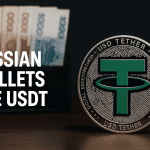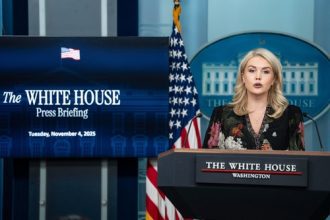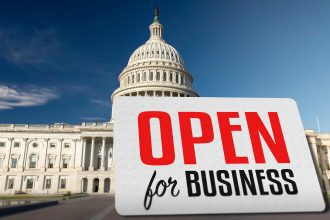Crypto’s feeling the heat again. The SEC’s back, and this time it’s poking around the firms that quietly move the big money the treasury managers. These are the folks controlling huge pools of digital assets for protocols and projects, and the agency thinks some might be playing dirty. Market manipulation. Insider trading. Even dealing with unregistered securities. None of it’s off the table.
It’s like the ref blew the whistle mid play. Suddenly, everything stops, and everyone’s scrambling to prove they’ve been playing fair. These treasury firms keep the financial heart of crypto beating holding reserves, managing stablecoins, and funding entire ecosystems. So if something’s off, the shockwaves hit hard. After Coinbase, Ripple, and Binance, this feels like the next logical step in the SEC’s crackdown. They’re trying to stop the next FTX before it even starts.
And yeah, the fallout could get ugly. We’re talking massive fines, bans, even total shutdowns for U.S. operations. Projects depending on those treasuries could see their funds frozen or their tokens crash overnight. Investors might get caught in the crossfire, facing wild volatility and delistings. At this point, knowing how a project manages its money isn’t just smart it’s essential.
But here’s the silver lining: good regulation can build real trust. It pushes the bad actors out and rewards the transparent ones. Firms that open their books, partner with good lawyers, and actually follow the rules will come out stronger. The ones that don’t? They’ll fade. Some say the SEC’s killing innovation, but truthfully, the rest of the world’s catching up anyway. The EU’s MiCA law, new frameworks in the U.K. and Asia regulation’s going global.
If crypto firms abandon the U.S., sure, that’ll sting. But history says adaptation always follows. Traditional finance got hit hard before and came back tougher. Crypto will too. The next generation of firms will blend tech genius with compliance smarts, building systems that work within the rules, not around them.
So yeah, it’s messy. But maybe it’s the kind of mess the industry needs. The SEC’s making it clear crypto’s financial backbone won’t escape oversight forever. And honestly? Maybe that’s not such a bad thing. The question now isn’t if regulation comes it’s who’s smart enough to adapt before it does.






















